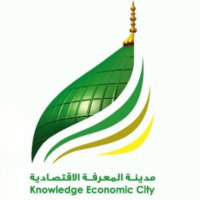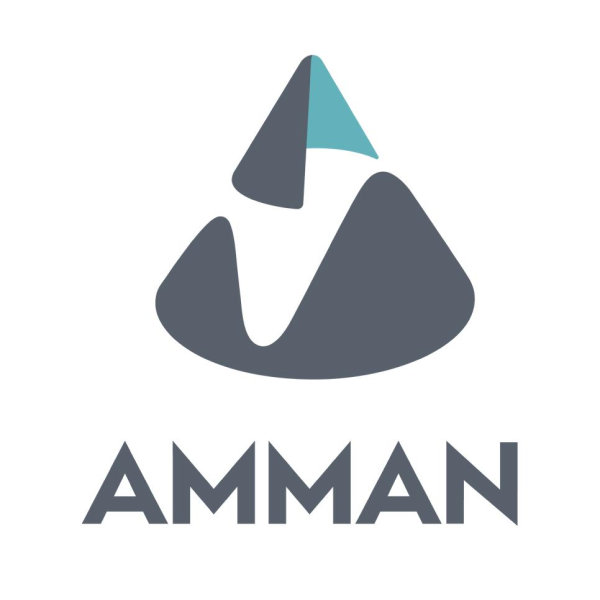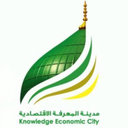
Knowledge Economic City Company SJSC
SAU:4310

Profitability Summary
Knowledge Economic City Company SJSC's profitability score is 42/100. We take all the information about a company's profitability (such as its margins, capital efficiency, free cash flow generating ability, and more) and consolidate it into one single number - the profitability score. The higher the profitability score, the more profitable the company is.

Score
We take all the information about a company's profitability (such as its margins, capital efficiency, free cash flow generating ability, and more) and consolidate it into one single number - the profitability score. The higher the profitability score, the more profitable the company is.
We take all the information about a company's profitability (such as its margins, capital efficiency, free cash flow generating ability, and more) and consolidate it into one single number - the profitability score. The higher the profitability score, the more profitable the company is.

Score

Score
Margins
Profit margins represent what percentage of sales has turned into profits. Simply put, the percentage figure indicates how many cents of profit the company has generated for each dollar of sale.
Profit margins help investors assess if a company's management is generating enough profit from its sales and whether operating costs and overhead costs are being contained.
Earnings Waterfall
Knowledge Economic City Company SJSC

|
Revenue
|
158.8m
SAR
|
|
Cost of Revenue
|
-88.7m
SAR
|
|
Gross Profit
|
70.1m
SAR
|
|
Operating Expenses
|
-84.7m
SAR
|
|
Operating Income
|
-14.6m
SAR
|
|
Other Expenses
|
-6.3m
SAR
|
|
Net Income
|
-21m
SAR
|
Margins Comparison
Knowledge Economic City Company SJSC Competitors

| Country | Company | Market Cap |
Gross Margin |
Operating Margin |
Net Margin |
||
|---|---|---|---|---|---|---|---|
| SA |

|
Knowledge Economic City Company SJSC
SAU:4310
|
4.7B SAR |
44%
|
-9%
|
-13%
|
|
| UK |
E
|
Eight Capital Partners PLC
F:ECS
|
633.6T EUR | N/A | N/A | N/A | |
| CA |

|
Australian Goldfields Ltd
OTC:GRXXF
|
2.7T USD | N/A | N/A | N/A | |
| US |
G
|
GE Vernova LLC
NYSE:GEV
|
96.1B USD |
18%
|
3%
|
4%
|
|
| NL |
N
|
Nepi Rockcastle NV
JSE:NRP
|
84.3B Zac |
66%
|
62%
|
69%
|
|
| US |
C
|
China Industrial Group Inc
OTC:CIND
|
83.2B USD |
16%
|
10%
|
9%
|
|
| US |

|
Coupang Inc
F:788
|
33.4B EUR |
29%
|
1%
|
1%
|
|
| ID |

|
Amman Mineral Internasional Tbk PT
IDX:AMMN
|
494.9T IDR |
51%
|
44%
|
24%
|
|
| CH |
G
|
Galderma Group AG
SIX:GALD
|
18.4B CHF |
69%
|
15%
|
5%
|
|
| ZA |
F
|
Fortress Real Estate Investments Ltd
JSE:FFB
|
20.2B Zac |
66%
|
59%
|
53%
|
|
| ZA |
R
|
Resilient Reit Ltd
JSE:RES
|
19.1B Zac |
62%
|
57%
|
79%
|
Return on Capital
Return on capital ratios give a sense of how well a company is using its capital (equity, assets, capital employed, etc.) to generate profits (operating income, net income, etc.). In simple words, these ratios show how much income is generated for each dollar of capital invested.




Return on Capital Comparison
Knowledge Economic City Company SJSC Competitors

| Country | Company | Market Cap | ROE | ROA | ROCE | ROIC | ||
|---|---|---|---|---|---|---|---|---|
| SA |

|
Knowledge Economic City Company SJSC
SAU:4310
|
4.7B SAR |
-1%
|
-1%
|
0%
|
0%
|
|
| UK |
E
|
Eight Capital Partners PLC
F:ECS
|
633.6T EUR | N/A | N/A | N/A | N/A | |
| CA |

|
Australian Goldfields Ltd
OTC:GRXXF
|
2.7T USD |
-21%
|
-20%
|
-21%
|
-165%
|
|
| US |
G
|
GE Vernova LLC
NYSE:GEV
|
96.1B USD |
16%
|
3%
|
5%
|
1%
|
|
| NL |
N
|
Nepi Rockcastle NV
JSE:NRP
|
84.3B Zac |
13%
|
7%
|
7%
|
7%
|
|
| US |
C
|
China Industrial Group Inc
OTC:CIND
|
83.2B USD |
39%
|
24%
|
37%
|
34%
|
|
| US |

|
Coupang Inc
F:788
|
33.4B EUR |
4%
|
1%
|
6%
|
2%
|
|
| ID |

|
Amman Mineral Internasional Tbk PT
IDX:AMMN
|
494.9T IDR |
13%
|
6%
|
13%
|
10%
|
|
| CH |
G
|
Galderma Group AG
SIX:GALD
|
18.4B CHF |
3%
|
2%
|
6%
|
4%
|
|
| ZA |
F
|
Fortress Real Estate Investments Ltd
JSE:FFB
|
20.2B Zac |
8%
|
5%
|
6%
|
4%
|
|
| ZA |
R
|
Resilient Reit Ltd
JSE:RES
|
19.1B Zac |
13%
|
8%
|
6%
|
6%
|
Free Cash Flow
Free cash flow (FCF) is the money a company has left over after paying its operating expenses and capital expenditures. The more free cash flow a company has, the more it can allocate to dividends, paying down debt, and growth opportunities.
If a company has a decreasing free cash flow, that is not necessarily bad if the company is investing in its growth.



















































 You don't have any saved screeners yet
You don't have any saved screeners yet
